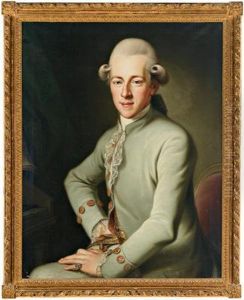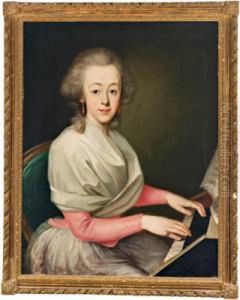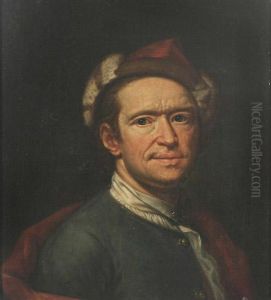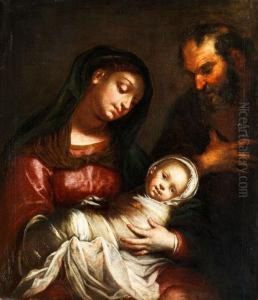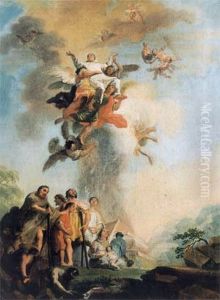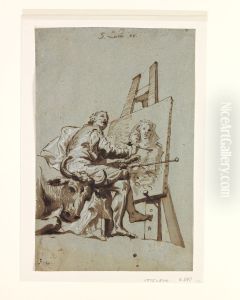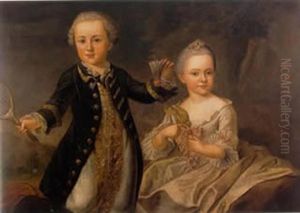Georg Anton Urlaub Paintings
Georg Anton Urlaub was a German painter and engraver born on March 26, 1713, in Würzburg, Germany. He is known for his work during the Rococo period, which was characterized by ornate and decorative art. Urlaub's artistry was influenced by his time in Italy, where he studied the Italian masters and was particularly impacted by the Venetian school.
Urlaub was apprenticed to his uncle, Johann Baptist Zimmermann, who was an accomplished stucco plasterer and painter. This apprenticeship provided Urlaub with a solid foundation in the arts, and he soon became known for his skill in both painting and engraving. His works included religious themes, portraits, and historical scenes. He was adept at capturing the light, color, and detail that defined the Rococo style.
In 1737, Urlaub became a member of the Vienna Academy, which marked a turning point in his career. He received commissions from various churches and patrons, creating altarpieces and other religious works that were well-regarded for their vibrant colors and expressive figures. Urlaub's portraits also gained him recognition, and he became sought after by the aristocracy and other prominent figures of his time.
Tragically, Urlaub's career was cut short when he died at the age of 46 on July 29, 1759, in Würzburg. Despite his relatively short life, he left behind a significant body of work that contributes to our understanding of the Rococo period in German art. His paintings and engravings continue to be studied and appreciated for their technical skill and aesthetic beauty.
